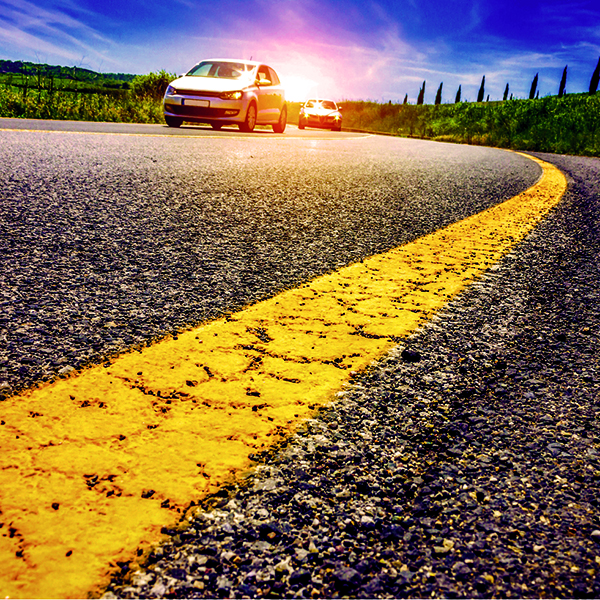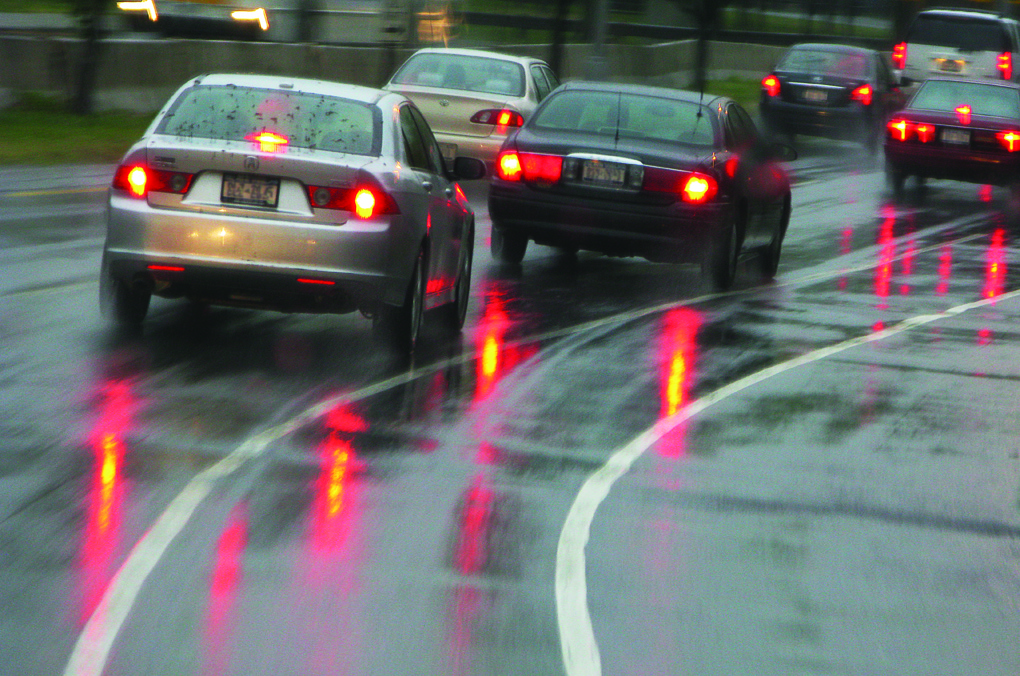When the weather warms, many people take to the outdoors to enjoy the sunshine and rising temperatures. Summer road trips or vacations are the norm, but it is important to realize that hot weather can take its toll even on a new, well-maintained vehicle.
High temperatures can cause all sorts of damage to a vehicle, from zapping battery power to overtaxing the cooling system. Recognizing potential hot-weather risks and performing routine checks on the vehicle are the keys to keeping vehicles in top form.
Battery
Excessive heat can shorten the life of a battery because it causes battery fluid to evaporate more quickly. This, in turn, can damage the internal structure of the battery. AAA reports that car battery issues are the most common breakdown calls.
It’s a good idea to top off a battery with distilled water if it is the kind that requires it. Low-maintenance batteries may not have filler caps and will not require water. Inspect the battery for corrosion and leakage of battery acid. This could be a sign that the battery is getting old and will need to be replaced.
Cooling system
Cooling systems work hard to keep the flow of air to the engine and prevent it from overheating during warm seasons. Compromised cooling fans or lack of coolant can be troublesome. To avoid overheating, check coolant levels before getting on the road. In addition, have the cooling system checked by a trained mechanic prior to the summer driving season. It’s a small price to pay to avoid extensive engine damage from overheating.
Tires
Hot weather causes the pressure inside of tires to rise. Overinflated tires can wear down prematurely or result in blowouts. The Car Care Council recommends checking tire pressure routinely in the summer, when tires are cold. Follow the guidelines in the owner’s manual for recommended air pressure. Look for improper tread wear, weak spots or other tire damage that may end up causing flats.
Fluid levels
Hot weather can put extra demand on all fluids and engine components. Check transmission fluid, power steering fluid, brake fluid, and engine oil levels. Top off or change when necessary.
Pack with breakdowns in mind
Plan ahead for potential summer breakdowns by bringing along water, snacks, sunscreen, and an emergency medical kit. Be sure mobile phones are fully charged and that the number of a tow service or roadside assistance crew is entered into your list of contacts in the event of an emergency.
With warm-weather road trips beckoning, it’s time to plan accordingly to prevent breakdowns that can derail fun.








